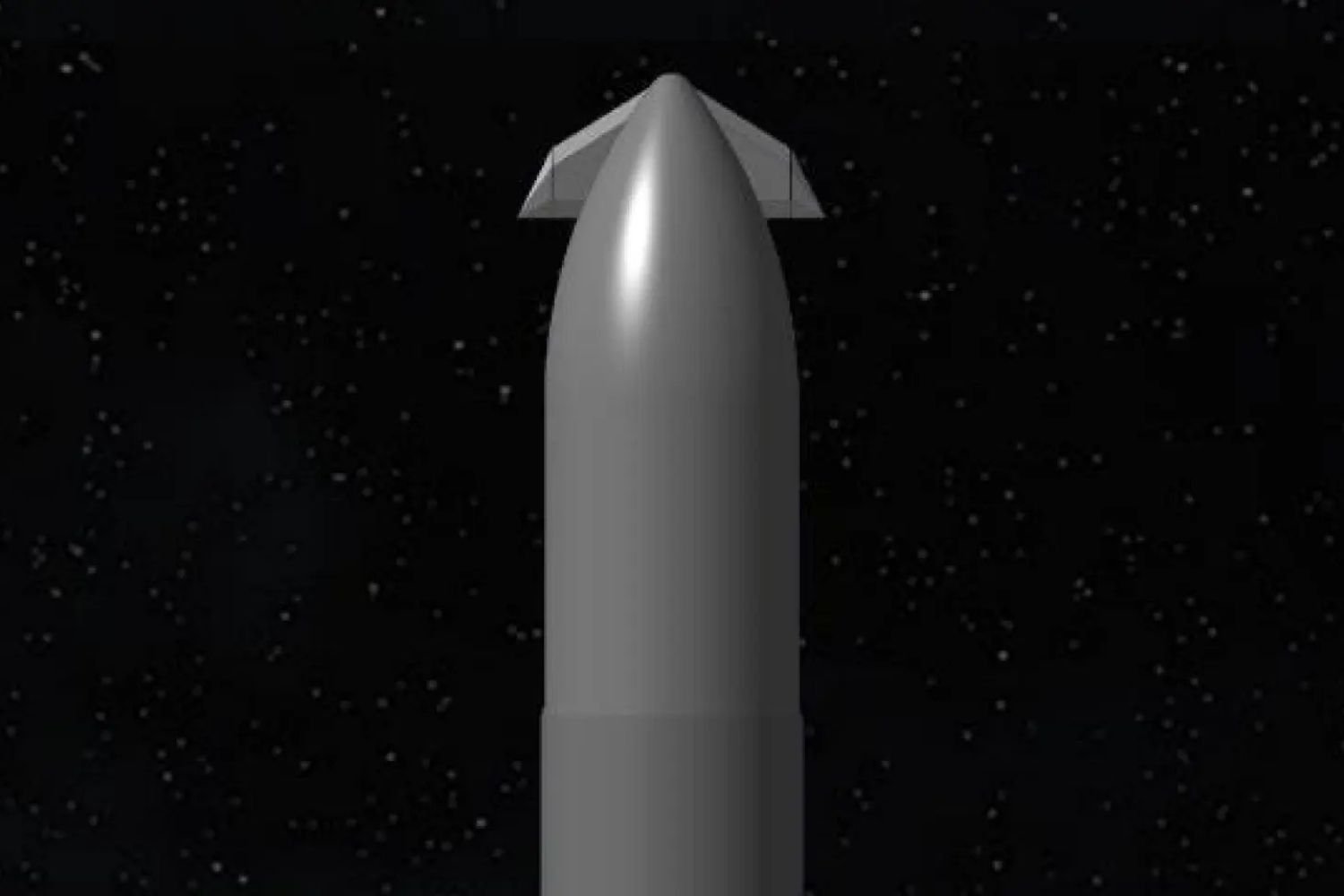Researchers at the University of Washington in the US have succeeded for the first time in developing a “global geological carbon cycle model” to explain some of the most influential climate events on our planet: Two global glaciations known as “Snowball Earth”when the planet surface wIt is covered with an ice sheet up to a kilometre thick.
These “Snowball Earth” events, which occurred during the Neoproterozoic Era (1 billion to 539 million years ago), were rare and cyclical, each lasting millions or tens of millions of years. Although they likely caused rapid warming, little was known about how these transitions occurred.
The study, recently published in Nature Communications , focuses on ancient rocks known as “cap carbonates” to develop a theoretical representation of the circulation of carbon between Earth’s atmosphere, oceans, biosphere and rocks. The properties of these formations have been described previously, During and after the second glaciation known as Marinoana.
Occurrence of cap carbonates at Terra Bola de Neve
“Carbonates”, called “lids” (or “covers”) because they are located right on top of ancient glacial deposits, and “carbonates” because of their chemical composition (limestone and dolomite), Cap carbonates contain information about the basic properties of the Earth’s atmosphere and ocean.“Like varying levels of carbon dioxide in the air or the acidity of the ocean,” Trent Thomas, first author of the paper, explains in a statement.
It is believed that these rocks were formed as a result of the rapid warming and melting of global ice, which led to a sharp increase in atmospheric and atmospheric CO2 levels and the rapid precipitation of carbonates in the oceans, i.e. the formation of solid carbonate minerals. The ions were dissolved in seawater.
This phenomenon may have occurred all over the world, as these layered limestone or dolomite rocks have been found in more than 50 locations on different continents, including Death Valley in the USA, Namibia, Siberia, Ireland, and Australia.
Life on Earth before, during and after Snowball Earth

According to David Catling, senior author of the study, “For more than two billion years until Snowball Earth, life on Earth was simple, in the form of microbes, algae or other small aquatic organisms.” The scientist said in a statement that the scenario was so monotonous that, This period is called the “boring billion”.
Modeling the chemistry and geology, the new paper attributes events on Snowball Earth to three stages: At first, the ice reflected sunlight, but some open areas allowed exchange between the ocean and the atmosphere. CO2 buildup has warmed the planet, melted ice and created a layer of freshwater above the salty ocean. Eventually, mixing between the ocean and the atmosphere began again with ocean turbulence.
These major environmental changes influenced the development of life, and now that they are better understood, they can provide scientists with more definitive clues about how they affected the evolution and adaptation of living things on the planet.
Did you like the content? Then share the article on your social networks with your friends who like these topics. Until later!
Source: Tec Mundo
I’m Blaine Morgan, an experienced journalist and writer with over 8 years of experience in the tech industry. My expertise lies in writing about technology news and trends, covering everything from cutting-edge gadgets to emerging software developments. I’ve written for several leading publications including Gadget Onus where I am an author.












